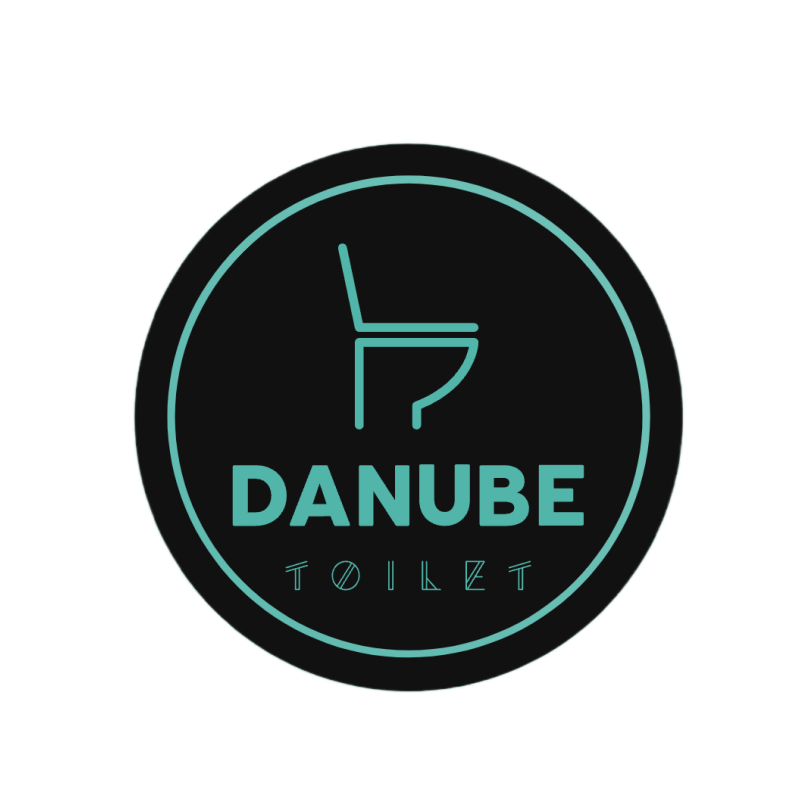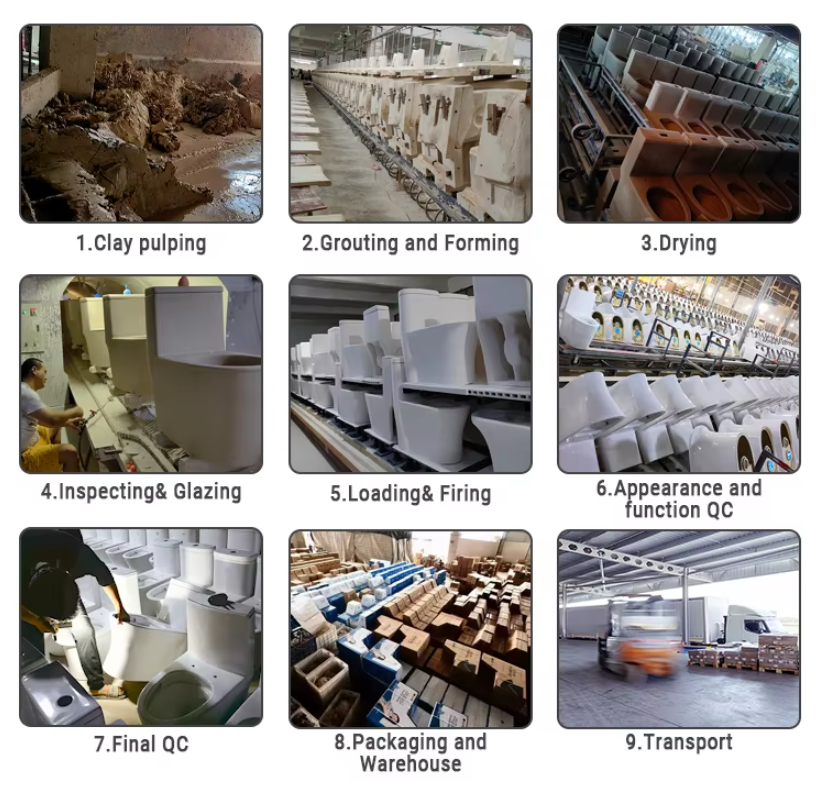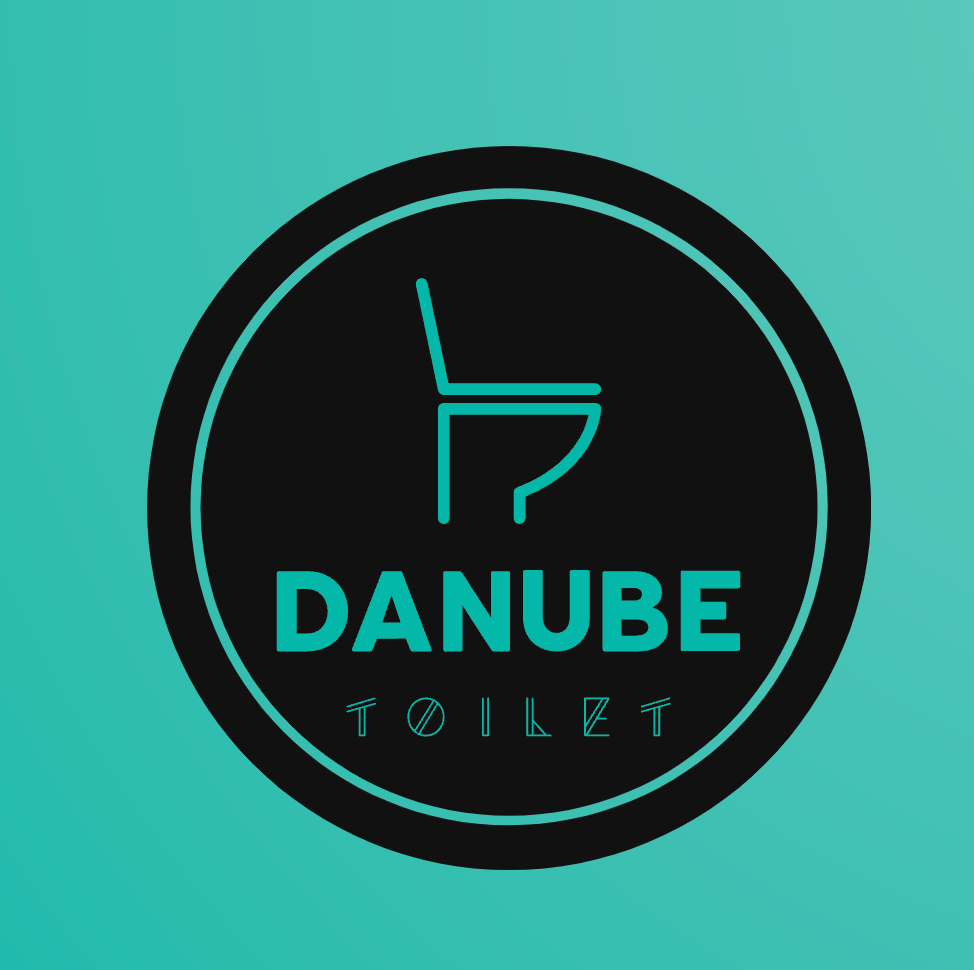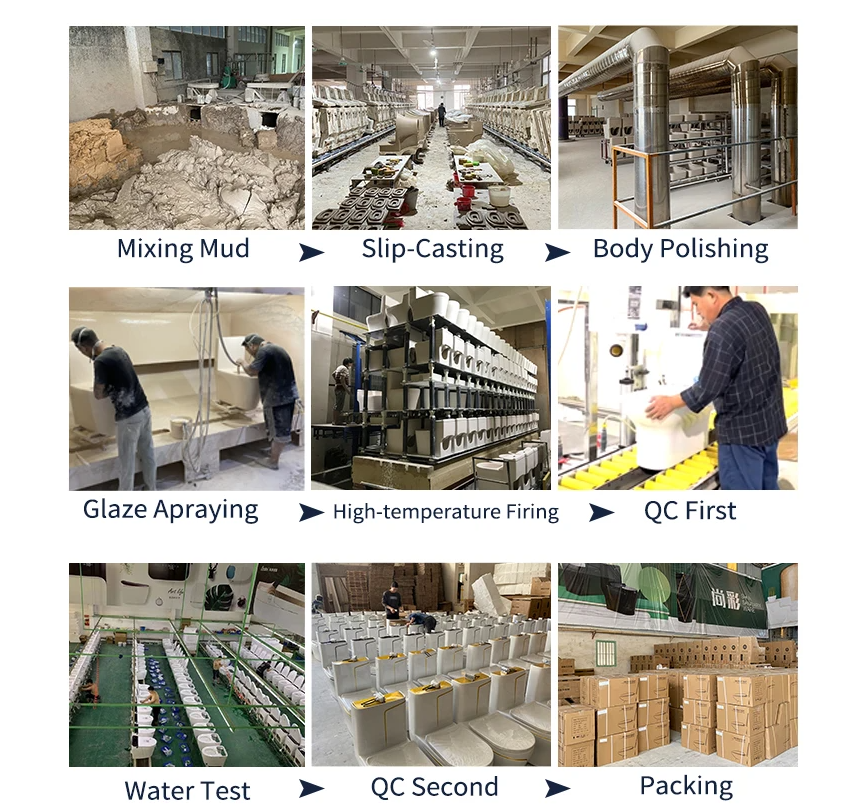Why quality assurance isn’t just a checkpoint—it’s the foundation of trust and long-term value.
Introduction: Why Quality Control Matters More Than Ever
Imagine stepping into a luxury hotel bathroom, only to find the sink leaks, the smart mirror flickers, and the toilet seat doesn’t align properly. In the world of construction, hospitality, and real estate, bathroom fixtures are more than just products—they’re promises. They reflect not only the project’s standard but also the reputation of every supplier behind it.
And that’s where quality control in bathroom product production steps in. From ceramic toilets to smart mirrors, every component must meet rigorous standards to ensure long-term durability, performance, and safety. Whether you’re sourcing for a high-rise in Dubai, a resort in Bali, or a boutique hotel in Berlin, consistent product quality is not negotiable.
In this article, we’ll break down:
- Why quality control matters in the bathroom fixture industry
- What a solid quality assurance system looks like
- A comparison of different QA methods
- How poor QC affects businesses long-term
- What global buyers should ask from their manufacturers
- And why more brands are relying on reliable OEM/ODM partners in China
The High Stakes of Poor Quality in Bathroom Products
Let’s be honest: no one remembers the toilet that worked perfectly—they remember the one that didn’t flush. Quality problems can damage brand reputations, lead to costly repairs, and even result in legal disputes.
Here are just a few examples of what poor quality control can cause:
- Water leakage damaging floors and walls
- Smart toilet malfunctions, leading to unsafe user experience
- Cracked ceramic basins due to improper glazing or stress testing
- Corroded cabinet hardware from substandard material
- Installation mismatches due to size inconsistencies
When a product fails after installation, the damage isn’t just financial—it’s reputational.
Common Bathroom Products That Require Stringent QC
Quality control should be baked into the production line for all major categories, including:
- Ceramic Toilets (One-piece, Two-piece)
Checkpoints: water pressure tests, surface glaze consistency, flushing system calibration. - Wash Basins / Sinks
Checkpoints: load testing, stain resistance, size consistency. - Bathroom Vanities
Checkpoints: moisture-proofing, paint adhesion, drawer alignment. - Smart Toilets
Checkpoints: software stability, sensor responsiveness, safety certification. - LED Bathroom Mirrors
Checkpoints: brightness tests, anti-fog coating, electrical safety.
Table: Manual vs Automated vs Third-Party Quality Control in Bathroom Product Production
| Quality Control Method | Description | Advantages | Limitations |
|---|---|---|---|
| Manual In-House QC | Factory-employed inspectors check each stage manually | High familiarity with products, flexible | Can lead to bias, human error |
| Automated QC Systems | Machines and AI tools inspect components and dimensions | Speed, consistency, traceability | Expensive setup, needs tech expertise |
| Third-Party Inspections | Independent agencies conduct audits and on-site product checks | Neutral, credibility for foreign buyers | Scheduling delays, added cost |
Each method has a role depending on the buyer’s risk tolerance, budget, and product complexity. Leading factories usually blend all three.
Global Perspective: 5 Brands Known for High Bathroom Product Quality
Germany is known for precision engineering, and its bathroom product brands are no exception. Here are 5 respected names in the industry, known for their quality-first approach:
1. Duravit
Famous for their elegant ceramic toilets and vanities. They emphasize design innovation and strict water-saving standards.
2. Hansgrohe
Renowned for faucets and shower systems. Their products are extensively tested for performance and durability.
3. Villeroy & Boch
A heritage brand offering a wide range of sanitary ceramics. Their quality control includes thermal shock resistance and advanced glazing techniques.
4. Keuco
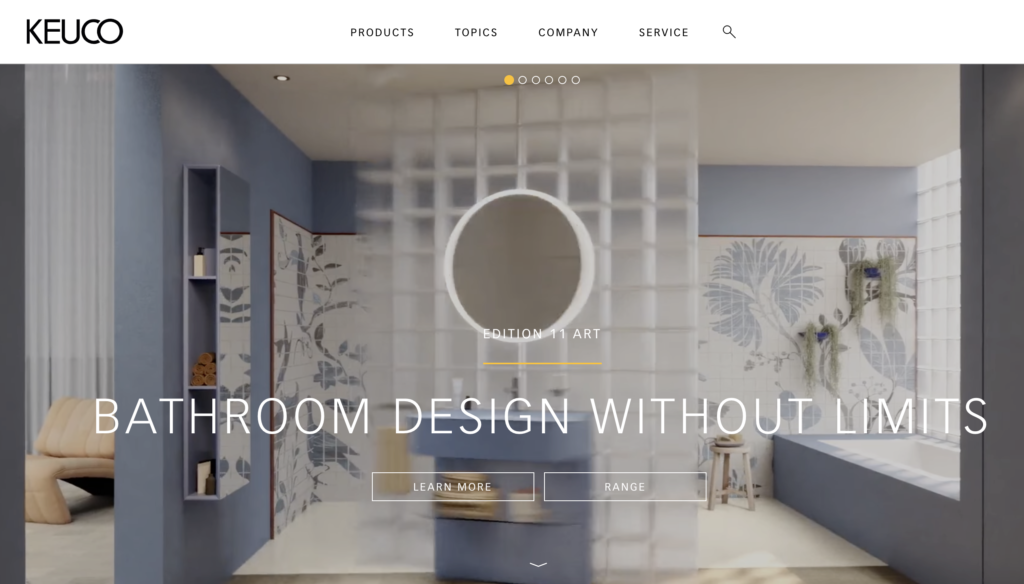
A premium bathroom furniture and smart mirror brand. Their mirrors undergo stringent anti-fog and light temperature testing.
5. Hüppe
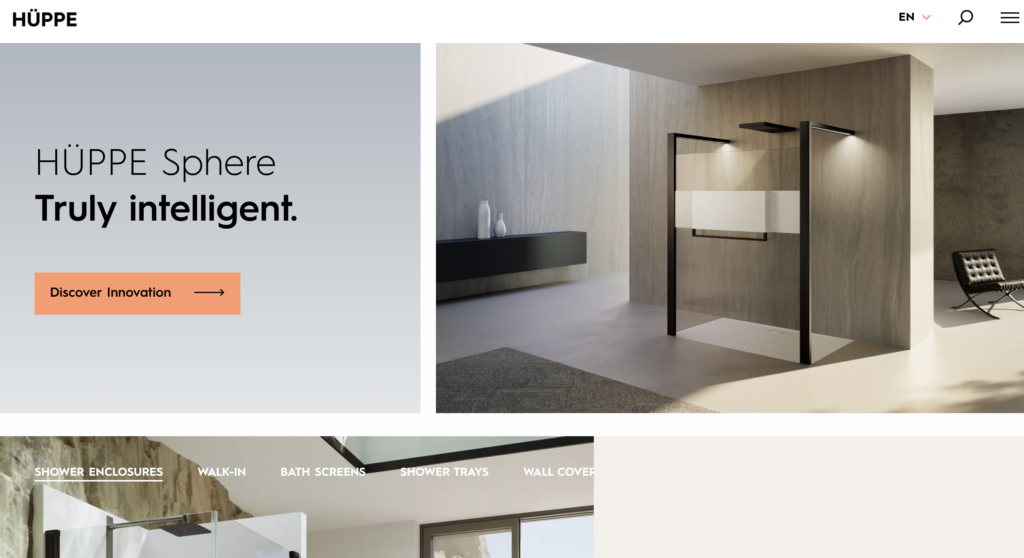
Specialized in shower enclosures. Known for their safety glass and long-lasting hardware finishes.
These brands have built trust through consistent quality. And behind many of their components are world-class OEM/ODM partners who follow strict QC protocols.
Behind the Scenes: What a Good Quality Control Process Looks Like
A trustworthy bathroom fixture factory should offer more than production—it should act as your quality assurance partner. Here’s a step-by-step example of what a strong QC system looks like:
- Raw Material Testing
Clay composition, metal alloys, and glass are tested before production even begins. - On-Line Process Inspection
Each step (casting, glazing, polishing, wiring) has a corresponding QC checkpoint. - Water & Load Testing
Toilets and basins undergo flushing tests, weight loads, and vibration simulation. - Software and Hardware Testing (for smart products)
Mirrors and smart toilets are tested in mock bathroom environments to simulate actual usage. - Pre-Shipment Inspection
Visual inspection, dimension checking, and packaging tests before loading. - After-Sales Tracking
Defect data is logged and analyzed to improve future production.
How Poor Quality Control Hurts Your Business Long-Term
Sometimes, the biggest losses are the ones you don’t see immediately. Here’s how cutting corners on QC can damage businesses:
- ❌ Return and repair costs
- ❌ Loss of contracts or hotel partnerships
- ❌ Negative online reviews
- ❌ Increased insurance claims
- ❌ Damage to brand trust
Would you rather pay slightly more for guaranteed QC—or risk paying tenfold later?
What Global Buyers Should Look for in an OEM/ODM Bathroom Product Manufacturer
When selecting a partner for large hotel or apartment projects, here are the must-ask questions:
- Do they provide detailed QC reports?
- Are they familiar with local compliance standards (e.g., CE, cUPC, SASO)?
- Do they allow third-party inspections?
- Can they offer batch traceability?
- Are their smart bathroom products electrically safe and water-resistant?
- Do they conduct random drop/shock tests for packaging?
As a buyer, your reputation rides on every flush, every faucet twist, every mirror light.
FAQ: People Also Ask
Q1: What’s the most common issue with low-quality ceramic toilets?
A: Poor glazing leads to discoloration and stains. Also, low-cost toilets often use substandard flushing systems that waste water and clog easily.
Q2: Are smart bathroom mirrors durable for hotels?
A: Yes, but only if they pass strict anti-fog, brightness, and waterproofing standards. Always ask for IP ratings and real-time test reports.
Q3: How can I ensure my OEM bathroom supplier maintains quality over time?
A: Request regular factory audits, third-party QC inspections, and historical defect rate documentation.
Q4: Are Chinese bathroom factories trustworthy for luxury projects?
A: Many are highly capable, especially those with stable export records and in-house QC labs. Choose partners that show transparency in their process.
Q5: What’s the typical QC failure rate for ceramic basins?
A: In a good factory, less than 1%. If you’re seeing higher failure rates, it’s time to audit your supplier.
Quality Control is a Brand’s Silent Salesman
In bathroom product manufacturing, what you don’t see can hurt you. A beautiful ceramic toilet means nothing if it doesn’t flush properly. A smart mirror adds no value if it fails during peak use.
Whether you’re sourcing for large-scale hotel developments, commercial buildings, or luxury residential projects, make quality control a non-negotiable part of your procurement strategy.
